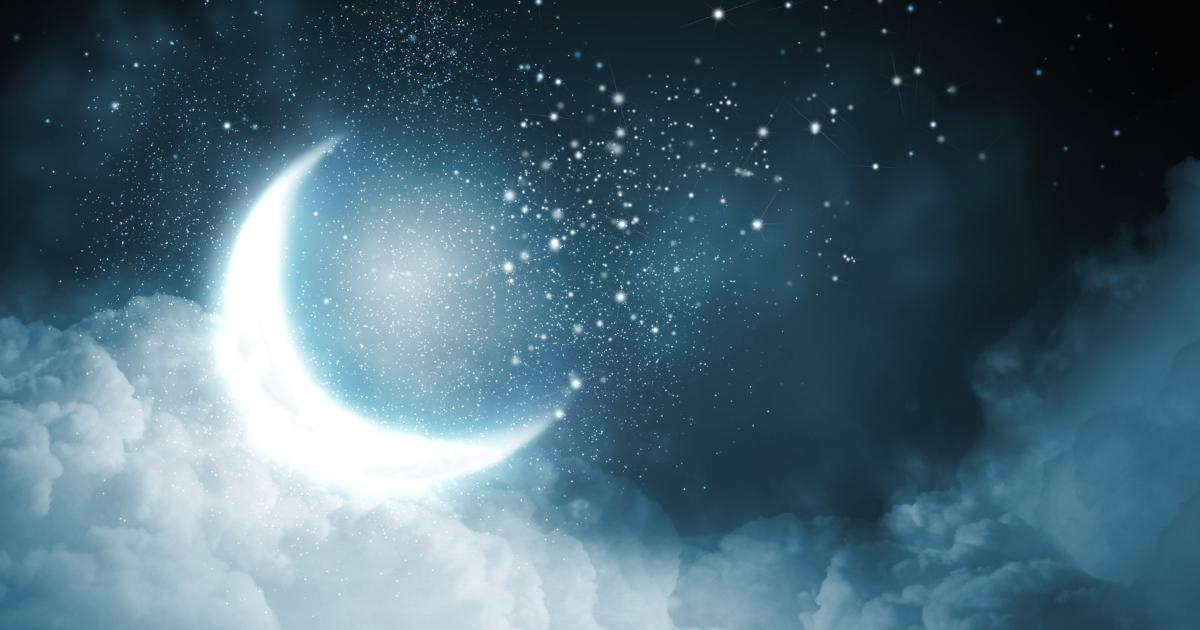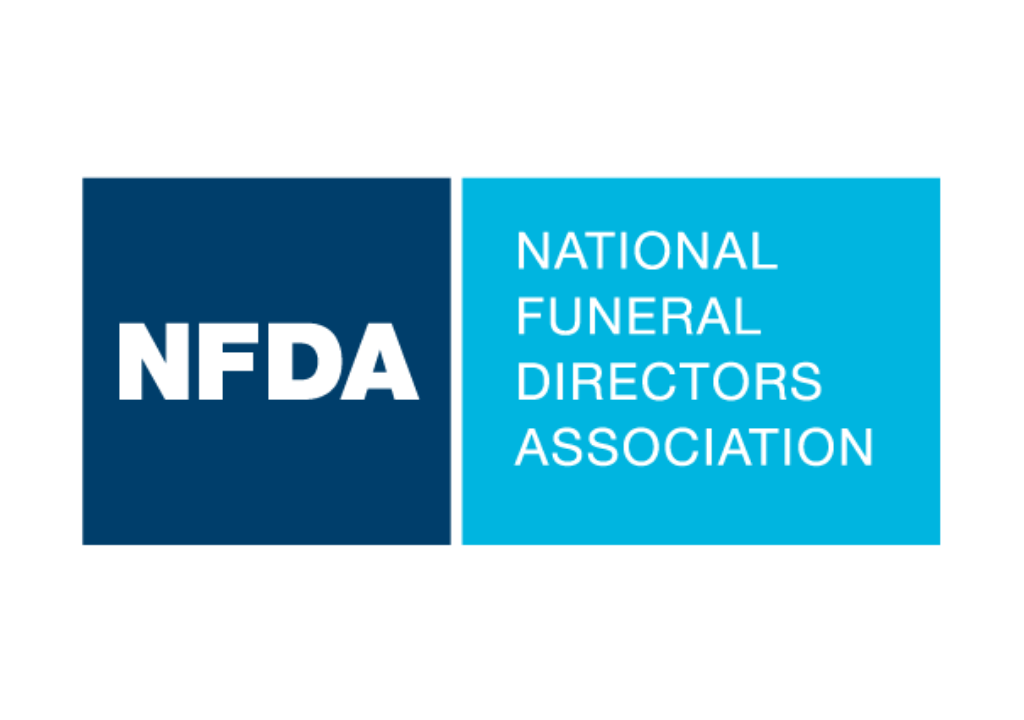There’s a Reason Most Removal Calls Come Outside Business Hours
Some of the biggest concerns of a new removal tech — in addition to worries about squatting and bending in their suit, how to operate the stretcher, and whether or not there will be lots of stairs — revolve around overnight calls. Will they hear the phone? Should they take their sleep meds? In a perfect world, people would die only between 8:00 a.m. and 3:00 p.m. local time, which would allow for removal during daylight hours and well before quitting time.
Here in the real world, though, overnight removals — and medicine-free, sleepless nights — are just part of the job. You might actually feel that more removals happen between midnight and 8:00 a.m. than at any other time. You wouldn’t be wrong. In fact, science would back you up.
“Letting go” time
Most of the evidence that most people die in the early morning hours is anecdotal. It’s not only funeral directors and removal techs who can attest to this, but also hospital and nursing home workers. And even some researchers agree.
An often-cited study published in 1987 and shared by the National Library of Medicine in 2009 concluded that “most people die between 2:00 a.m. and 8:00 a.m., with a peak often cited between 4:00 a.m. and 6:00 a.m.” The same paper cited three other studies of death certificates indicating that “human mortality rises rapidly from a low at 12 a.m. to 2 a.m. to a peak at 6 a.m. to 8 a.m.”
Julie McFadden, a YouTuber with millions of followers known as “Hospice Nurse Julie,” refers to this time span as the “letting go” hour. In a recent video, she says that in her nine years in the profession, she’s found that “most people die between 2 a.m. and 5 a.m.”
Scientific support
While it’s true that most humans spend one-third of our lives sleeping (and thus, have a one-in-three chance of dying at night), there are other reasons for the overnight death phenomenon.
The most common explanation has to do with circadian rhythm, our body’s natural 24-hour cycle. During the early-morning hours, many of our bodily functions like heart rate, blood pressure, and temperature, are at their lowest levels. We have less energy, as well. Additionally, many people experience respiratory issues like sleep apnea and cardiopulmonary irregularities during the overnight hours, with some becoming catastrophic events.
The 1987 study also found that people who take sleeping pills often have “50 percent higher mortality, and this excess mortality occurs mainly at night,” and that the use of sleeping pills leads to increased falls at night and injuries such as broken hips.”
Another study of nearly half a million people in the UK found that so-called “night owls” were 10 percent more likely to die during those same hours. They had higher rates of mental health disorders, diabetes, and neurological conditions, were more likely to experience psychological stress and abuse drugs and alcohol — all factors that can lead to death.
Less scientific reasons
For some folks, though, the reasons behind the plethora of overnight deaths are less science-based. McFadden suggests that the quiet, darkness, and peace help people to let go. Typically, they aren’t surrounded by family members or interrupted by healthcare staff, and there are fewer distractions to keep them tethered to the outside world.
“There’s less people kind of trying to hold you there,” she says in her video.
Others believe there are religious, spiritual, and even mythological reasons behind the wee-hour deaths, all tied to the association of sleep and death. “Sleep” is often used as a metaphor for death in the Christian, Hindu, and Islamic faiths, and in ancient Greek mythology, Sleep was the twin brother of Death.
Despite the inconvenience of those overnight removals, most of us would appreciate the fact that a loved one dies in the peaceful state of sleep. We also appreciate the deathcare professionals in whom we entrust our loved one’s removal and care.




